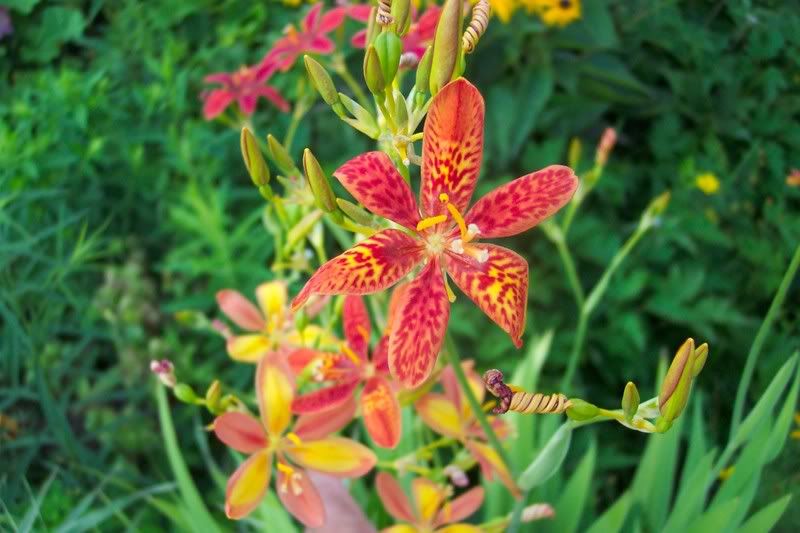We are having a nice, long, snowy, old-fashioned winter here in Michigan.
Some gardeners I have been talking with are getting a little weary of all the snow and cold temperatures. Maybe you are too.
In long winters like this I like to take a page from our Japanese gardening friends. They feel gardening is a year long process. For them winter is just another gardening season.
When a Japanese gardener plants his garden, he will consider how the plants will look in the fall and through the winter. He looks forward to snow in the winter so he can enjoy “sekku” or in English, “snow blossoms”.
In Japan, an evergreen tree is selected, in part, on how it will look during the winter. Stems and old seed heads of perennials will also make a good foundation for sekku as they collect and hold snow.
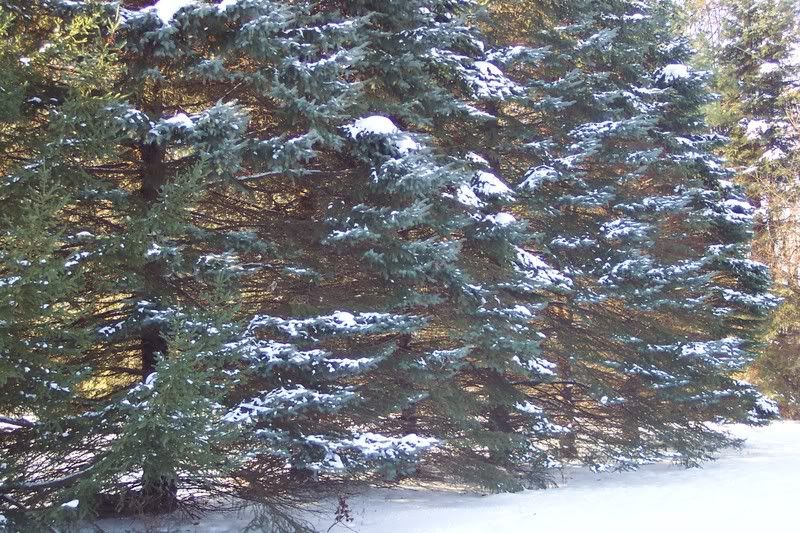
One good thing about this type of winter gardening is that once the plants have been selected and planted during the growing season, all you have to do is sit back and wait for snow!
Also, you don’t have to be in such a rush in the fall to “tidy up” the garden by removing all of the old plant stems. Some of the fallen and broken stems and any thing that has shown signs of disease should be removed of course, but keep some interesting stems and leaves for your sekku.
So after the next snow, think about taking a different look at your yard and garden and take some time to enjoy your own snow blossoms!
Bob


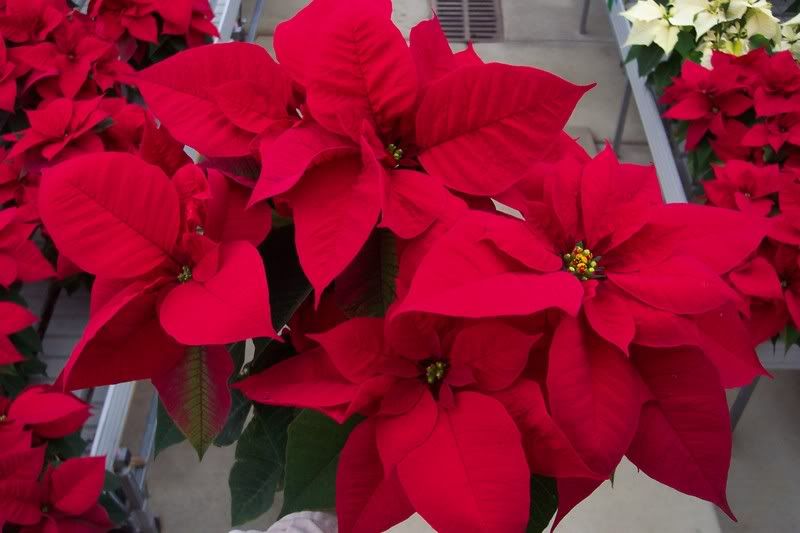
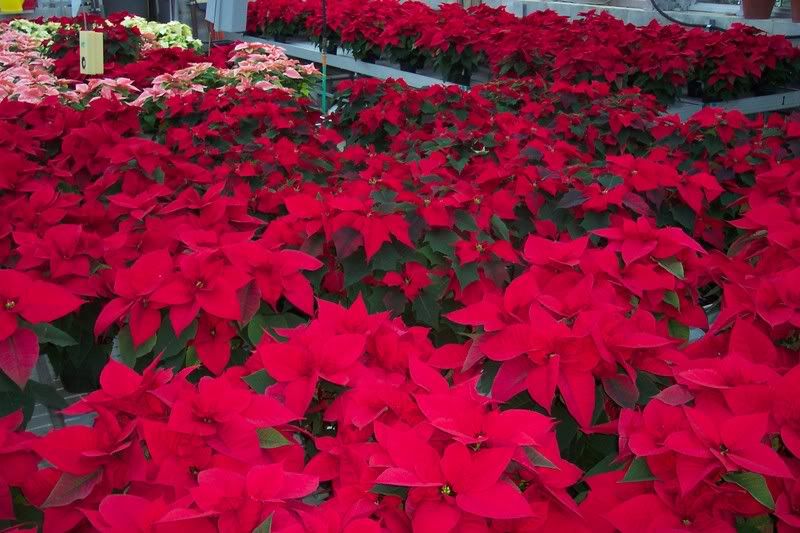

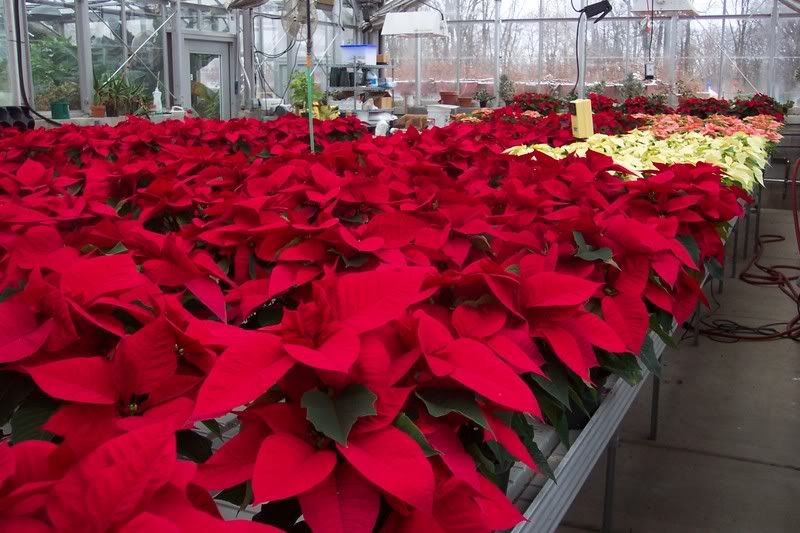

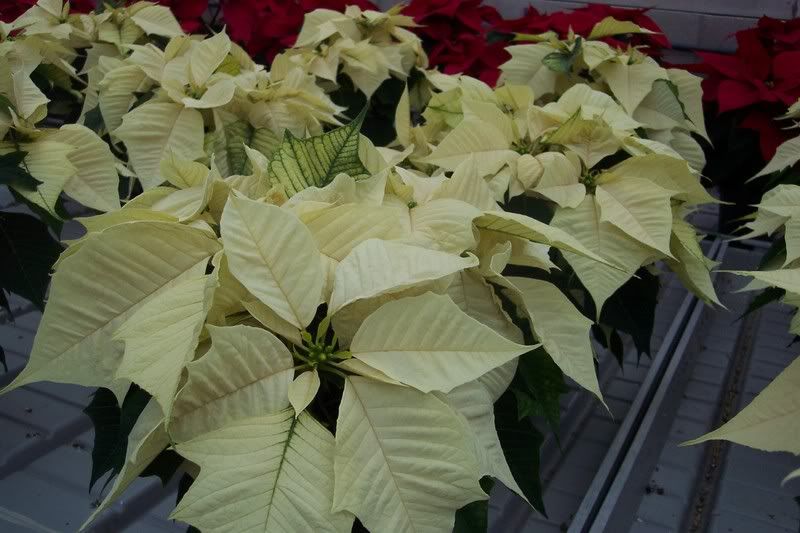
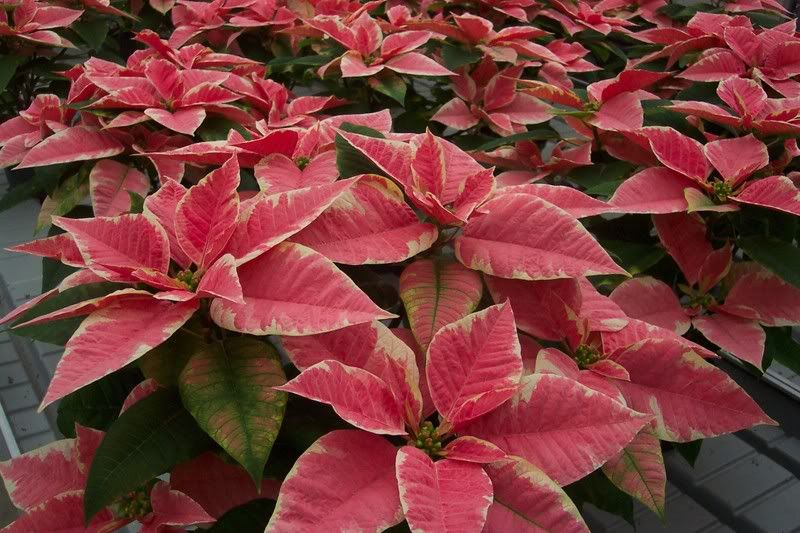
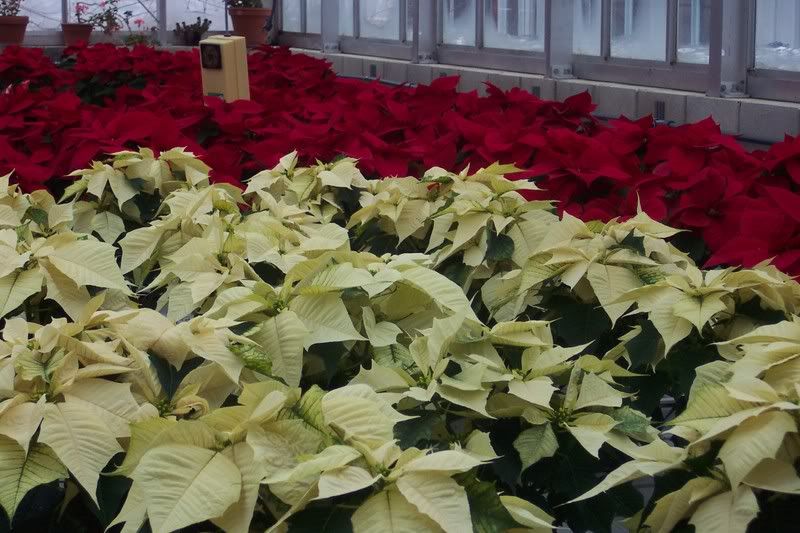 of Almost all of our Poinsettias are grown in 6″ pots, except for a couple dozen 10″ pots.
of Almost all of our Poinsettias are grown in 6″ pots, except for a couple dozen 10″ pots.